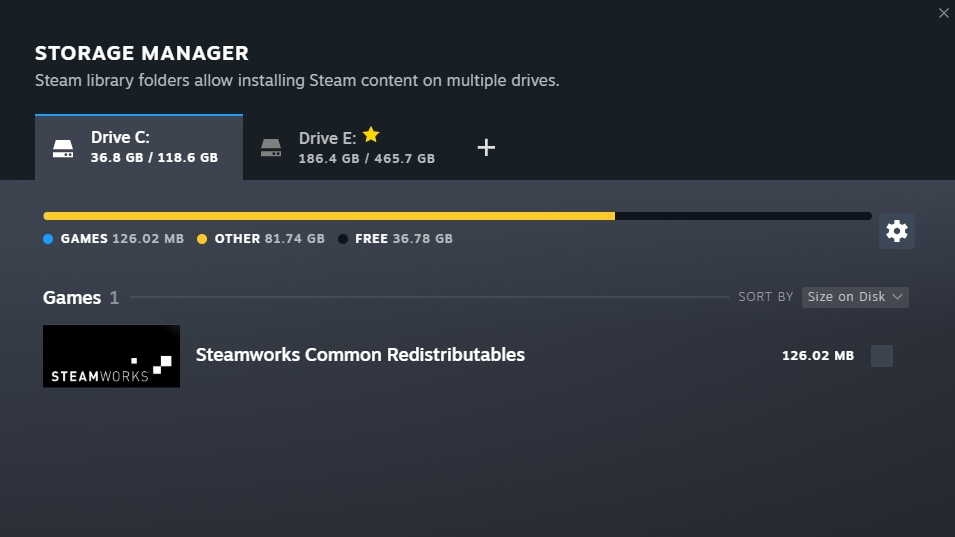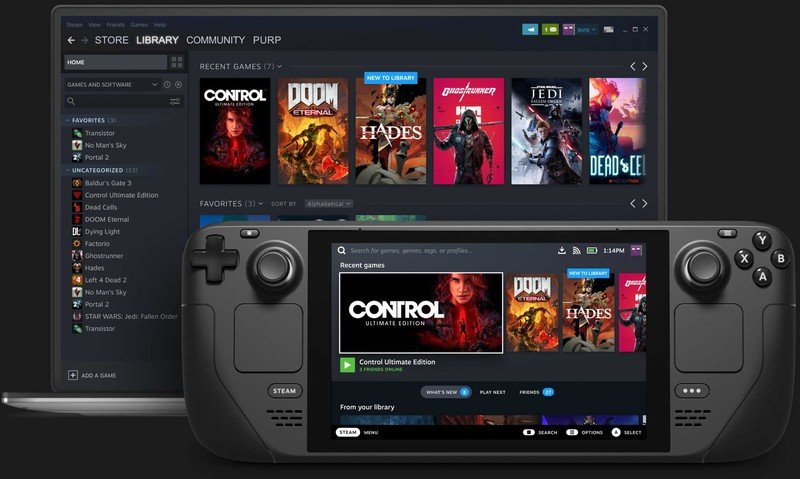According to the latest message we got recently, the Valve has already released a Steam Client Beta update that introduces a Storage Manager, updated the Downloads page, and made other improvements that seem intended to prepare the platform for the release of the new Steam Deck handheld gaming device later this year.
The new Storage Manager will just allow the Steam users to “better manage various game content installed on your drives,” as Valve says, by making it easier to see what exactly is installed on each drive. That could prove vital for the Steam Deck, which ships with 64GB, 256GB, or 512GB of onboard storage that can be supplemented by a microSD card.
The Valve has also made great changes for the downloads page. In addition to user interface tweaks meant to highlight the game that’s currently being downloaded, the new page adds drag-and-drop support for reordering the update queue, changes the Latest News button to a Patch Notes button, and makes it easier to view the contents of an update, among other things.
Most of the other changes that arrive with this Steam Client Beta are behind the scenes. Valve says it reduced the CPU usage of the Steam Input software used to manage connected gamepads, improved the counting of “some USB-connected headsets” for the SteamVR section of the platform’s hardware survey, and fixed a few bugs in the Library.

Besides, the update also includes some Linux-specific changes, such as updates to container runtimes, improved support for proprietary Nvidia graphics drivers, and restored compatibility with the NixOS distro. These improvements may not be directly related to the Steam Deck’s reliance on Linux—it uses a popular distribution called Arch—however that maybe doesn’t hurt matters either.
The Valve has provided the instructions for joining the Steam Client Beta on its website. The new release is available on Windows, macOS, and Linux; it’s not clear when these changes will make their way to the software’s official branch.



